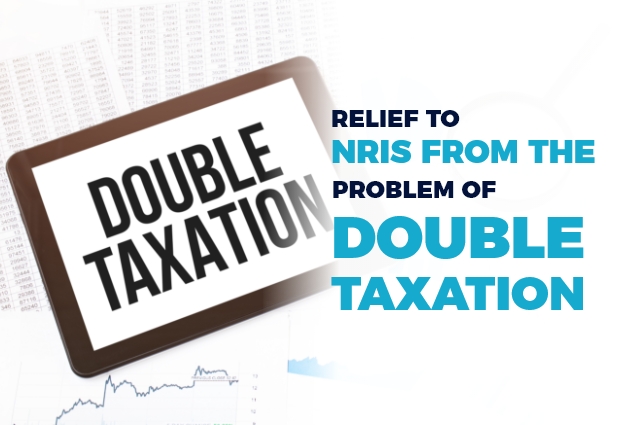NRI tax budget 2021: Benefits for NRIs in the Union Budget 2021
The Union Finance Minister, Nirmala Sitharaman proposed Union Budget for 2021-22 on February, 01. The budget covered several key aspects and brought in many innovative proposals to ward off the economic devastation caused by the coronavirus pandemic which brought the world economy to its knees. However, this budget also proposed a few things that would […]







